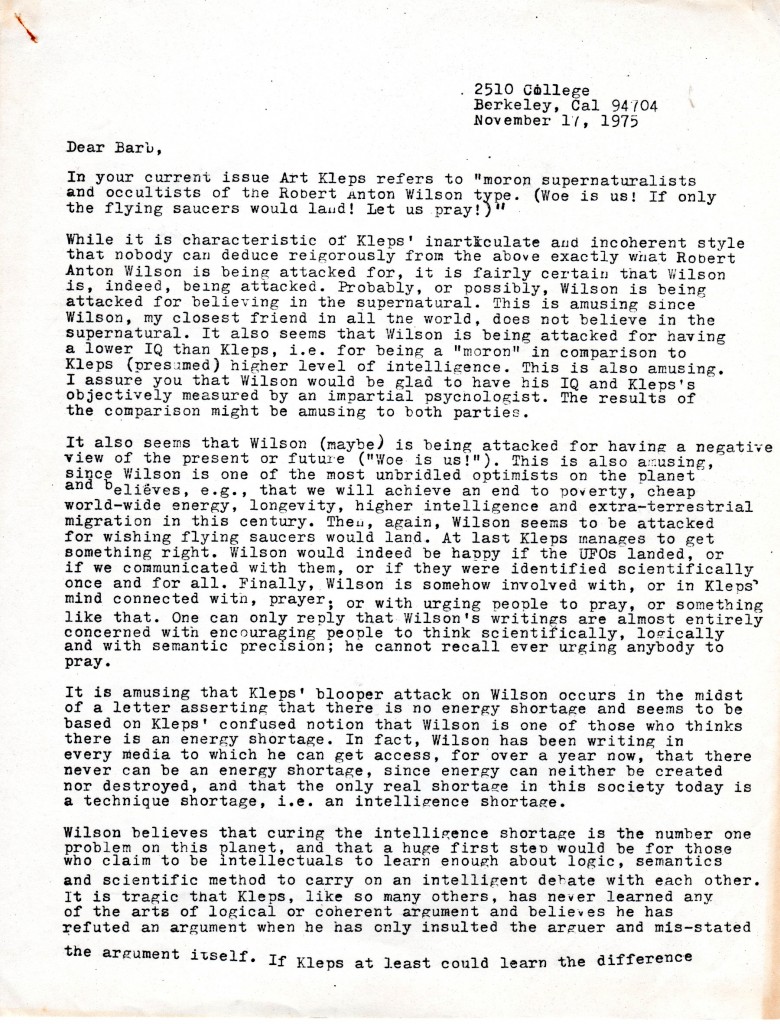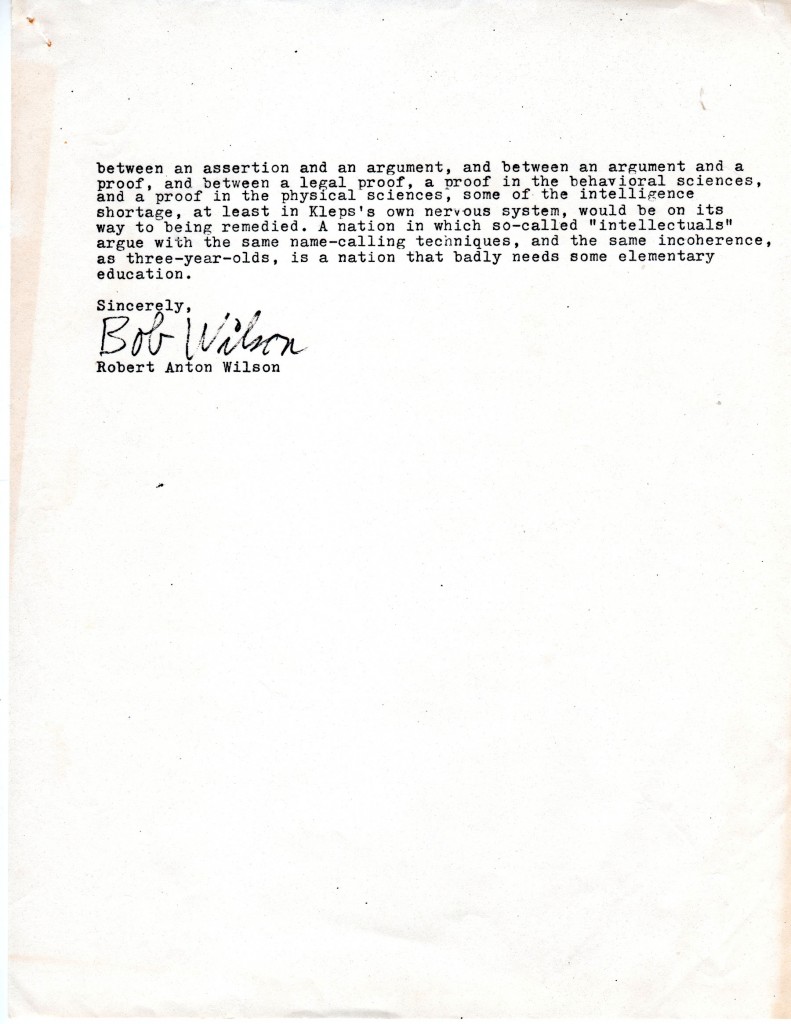Found on deviantart from the Followers-of-Eris group.
Send us your Eris of the Month Club submissions (more info here) by using the form at the bottom of The MGT. page.
Found on deviantart from the Followers-of-Eris group.
Send us your Eris of the Month Club submissions (more info here) by using the form at the bottom of The MGT. page.
After our unexpected Dark Winter, we weren’t able to post the December 2020 Eris of the Month on time. So, here she be, representing our unexpected gap month!
Send us your Eris of the Month Club submissions (more info here) by using the form at the bottom of The MGT. page.
A very late November Eris of the Month by reddit user Jugo49.
Send us your Eris of the Month Club submissions (more info here) by using the form at the bottom of The MGT. page.
Found on deviantart: Instant Cosplay Eris from Sinbad by JessieOctober.
Send us your Eris of the Month Club submissions (more info here) by using the form at the bottom of The MGT. page.

The above photo of Robert Anton Wilson, on the fabled Grassy Knoll, popped up on the Twitter a while back courtesy of Mustafa_al_Laylah, taken during a visit to Dallas circa 1998. In said photo, RAW is situated behind the picket fence separating the Grassy Knoll from the adjacent rail-yard bordering Dealey Plaza.
According to one assassination conspiracy theory (examined in the BBC series The Men Who Killed Kennedy), it was from this vantage point that the so-called Badge Man presumably fired the baleful bullet(s) that catapulted President Kennedy’s cranium into the great beyond, a theory based in part on photographic enhancement of the picket fence area at the time the fatal projectile(s) met their mark. Of course, the enhancement and enlargement of an old grainy photo (in this case the Mary Moorman photo) is like peering into a Rorschach Blot, and the longer you do so, the more figures your imagination brings to life, and thus fills in the blanks depending on what you expect to see, or desire to see, a la ‘Who Is The Master That Makes The Grassy Knoll Green?’.
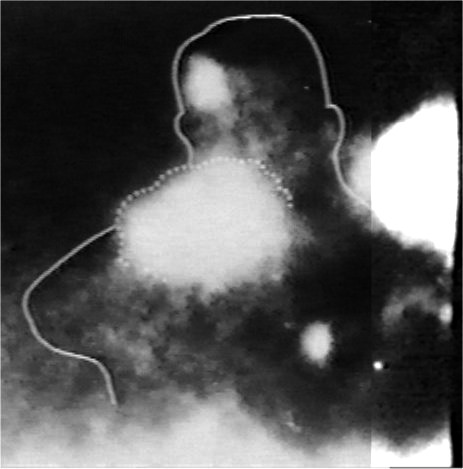
The manner in which RAW got sucked into this reality tunnel oh so long ago was due to Kerry Thornley’s unfortunate association with Lee Harvey Oswald, which in a roundabout way brought Thornley to the attention of New Orleans District Attorney, Jim Garrison, which you can read about here for more background.
During this tumultuous period, Garrison was viewed as a new darling of the “Radical Left,” presenting himself as a maverick prosecutor taking on corrupt authority in the form of the CIA and the military industrial complex, whom Garrison suggested (at one time or another) were part of the sinister plot that engineered Kennedy’s awful offing.
Due to this view of Garrison as some new hero of the Left, Thornley now found himself in a somewhat peculiar position, as he had long been involved with the burgeoning counterculture, having written for any number of underground magazines and newsletters, but now it appeared he was the odd man out. As RAW recalled in my book The Prankster and the Conspiracy:
“In ’67 or ’68, most of the underground press was publishing a lot of stuff pro-Jim Garrison, and this included Kerry’s role in the assassination. And I had lots of contacts in the underground press, so I starting sending out articles defending Kerry, which nobody would print, because the underground press was behind Garrison and the official corporate media was totally anti-Garrison—I was trying to send the message to the wrong place…”
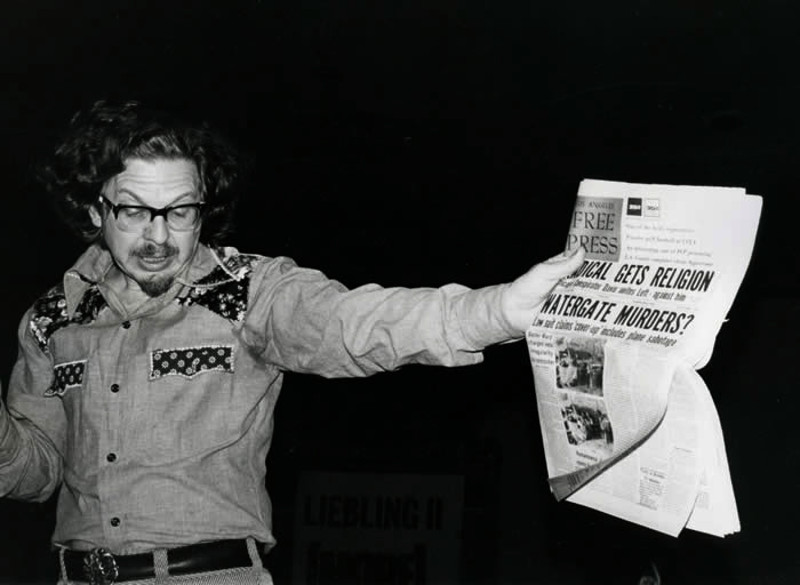
Among those (in Thornley’s opinion) that had jumped aboard the Garrison bandwagon, was L.A. Free Press publisher/editor Art Kunkin, who, among other pro-Garrison articles, ran the following:
In response, Thornley sent the following letter to Art Kunkin, presenting his side of the story and requesting equal time:
In their efforts to provide counter-programming, Thornley, RAW, and their fellow Discordians launched what became known as Operation Mindfuck, a concerted effort to bombard Garrison and his enthusiasts with a steady diet of zany disinformation under the banner of the Bavarian Illuminati. To further illuminate (or confuse) Art Kunkin, RAW sent the letter below, under the auspices of the Order of the Peacock Angel, signed by his Discordian alter ego, Mordecai Malignatus.
In order to further expand their network of potential Illuminati collaborators, RAW sent the following missive to a select group of underground movers and shakers.
How the Discordian Society became synonymous with the Bavarian Illuminati can be attributed, to a certain extent, to a John Birch Society member named Allan Chapman, who also doubled as a JFK assassination researcher and “Grassy Knoll Irregular,” as they were dubbed; a legion of amateur sleuths who shared their investigative “fruits” with Jim Garrison, which then Garrison regurgitated to greater glory. RAW name-dropped Chapman in his infamous letter & answer in the April 1969 PLAYBOY Advisor.
As Thornley recalled:
“Wilson and I founded the Anarchist Bavarian Illuminati to give Jim Garrison a hard time, one of whose supporters believed that the Illuminati owned all the major TV networks, the Conspiring Bavarian Seers (CBS), the Ancient Bavarian Conspiracy (ABC) and the Nefarious Bavarian Conspirators (NBC).” (The Dreadlock Recollections, Kerry Thornley)
Chapman subscribed to the theory that the Illuminati (who he claimed controlled the Big Three TV networks) masterminded the assassination, and that one of the alleged assassins hid inside a storm drain in the picket fence area of the Grassy Knoll and then popped out of a manhole cover like some diabolical jack-in-the-box and peppered poor JFK with a barrage of bullets before returning to his underground lair there.
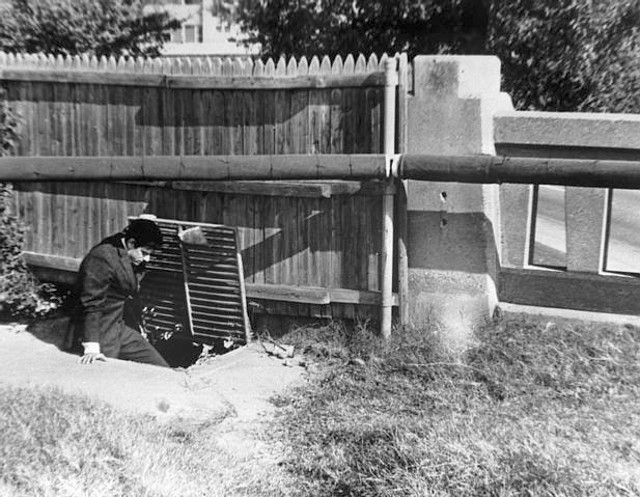
It should then come as no surprise that The Grassy Knoll played a part in the Illuminatus! Trilogy, embodied in the character of the Dealey Lama, a robed and bearded holy mad man who lived in the sewers below Dealey Plaza. In retrospect, the Dealey Lama sounds a lot like Kerry Thornley by the mid-1970s, when Kerry lived the life of a homeless holy man of sorts, sporting long hair and a biblical beard, and at one time or another actually lived in a storm drain for a spell.
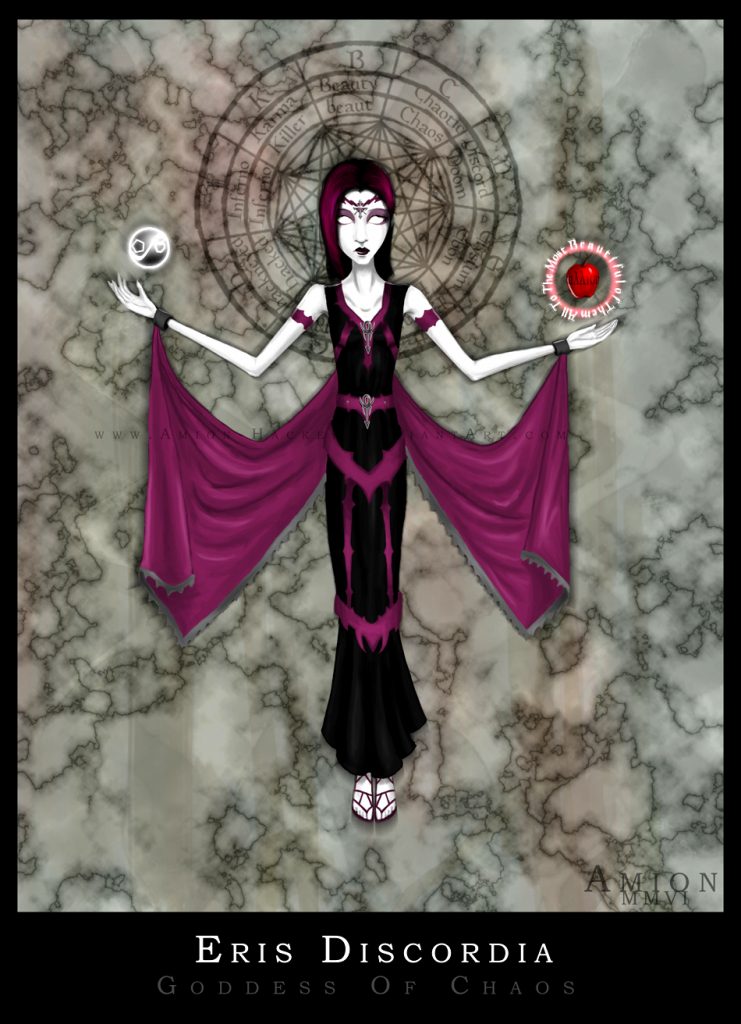
Discovered on deviantart.com, artist Amion-Hacker.
Send us your Eris of the Month Club submissions (more info here) by using the form at the bottom of The MGT. page.
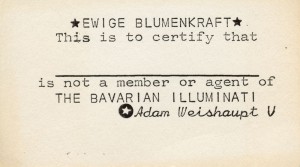
One legacy of the Discordian Society has been its part solidifying the place of the Illuminati in contemporary pop culture. Once an obscure and poorly understood quirk of European history, the Illuminati is now sincerely regarded by some to be responsible for 9/11, global economic collapse, the entire pop music industry, and are claimed to include such high ranking members as Jay-Z, Beyonce and George W. Bush.
While on my Chasing Eris journey, I was able to pay a visit to some historic Illuminati sites. I had taken a train to visit Ingolstadt, the historical birthplace of the Illuminati. Some part of me expected to see signs of the Illuminati everywhere; poorly made Eye-in-the-Pyramid shirts with INGOLSTADT BAVARIA written on them and ‘take our Angels and Demons Illuminati tour…’ but there was nothing. I realised how nothing there is when I try to buy a friend a gift—an owl. While triangles and the Eye in the Pyramid (more properly known as the Eye of God) are recognised in popular culture as the sign of the Illuminati, the original symbol of the Illuminati was an owl. This is the symbol of Minerva, and implies wisdom. Despite this, it took a few hours of solid searching before I found a cute glass owl at the markets. I suspect this scant acknowledgement of Barvaria’s conspiratorial past is a mostly conscious effort to avoid attracting conspiracy freaks.
The first location I successfully tracked down was the Adam Weishaupt house at Theresienstraße 23. It wasn’t anything stunning; today it is a bank (which should be a delight to the tin-foil crowd). I did note the curvy stylistic 23 with some satisfaction however; a good number for a conspiracy.



It was here, apparently, that Weishaupt began the meetings that would lead to the development of the Illuminati.
Adam Weishaupt was born in 1748. Accounts suggest his father died when he was only seven years old, leaving him in the care of his liberal grandfather. He had two educations; one by the Jesuits, and another self-delivered amongst the considerable tomes of his grandfather’s bookshelf (potentially one of the largest personal collections in Europe), and it was this second education that was to most fully impact young Weishaupt.
Every teenager is rebellious, and in Bavaria where the Jesuits essentially had total control of the education system since around 1549, there was a lot to rebel against. This was a particularly extraordinary situation when one considers that throughout the rest of Europe, the enlightenment was taking place, and the power of the Catholic Church was slipping.
I continued through the Bavarian streets. There was a thick fog, and the day was crisp and grey. Eventually as I walked, I came to a large building; the University of Ingolstadt.
While the location may have changed, it was at this institution that in 1772, with his grandfather’s help, Weishaupt was given the position of Professor of civil law. He climbed that ladder relatively quickly, earning the ire of the Jesuits. The feeling was mutual.
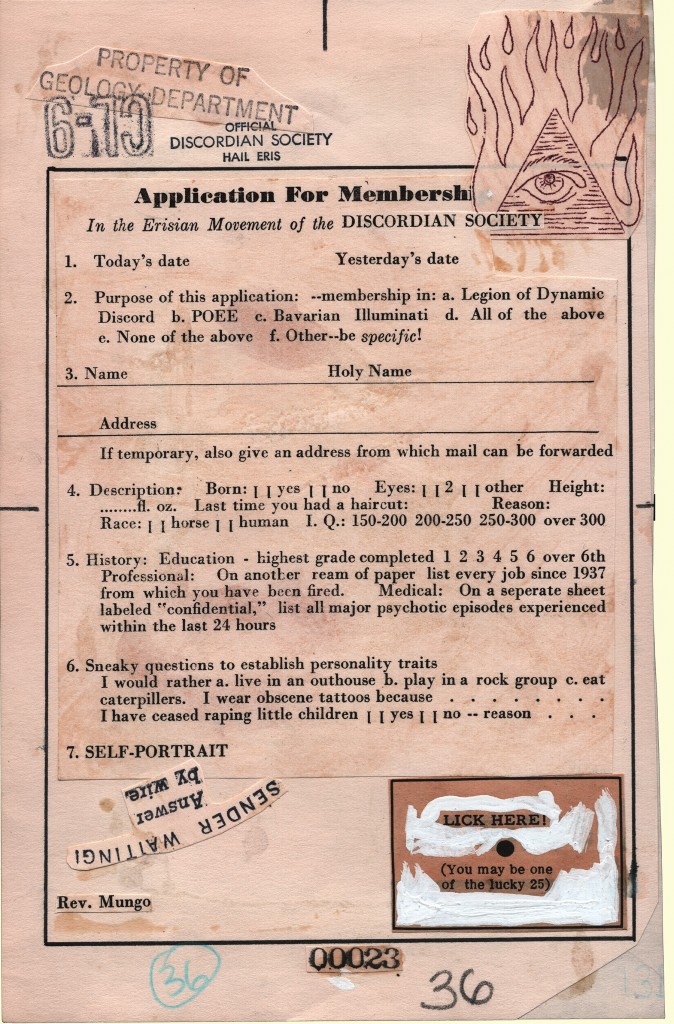
On the first of May, 1776, Adam Weishaupt founded the first historically supported instance of the Illuminati. Weishaupt’s most profound prejudice was against the Jesuits whose education he had obviously not appreciated, and whose continued objections to his activities within the University he resented. His organisation was also opposed to all forms of modern occult, was closed to Jews, and actively persecuted the Rosicrucians. They reserved their support for rationalist philosophy, science, and a doctrine of equality, though as translator and poet Jeva Singh-Anand comments, they were a little too early for feminism (one of the few proposals of women in the Illuminati suggests them as providing ‘voluptuous pleasures’ to the male members). Instead they promoted a type of patriarchal tribal society, free from inequitable concentrations of power or goods. They also expressed admiration for the liberalizing effect of high populations and promoted the improvement of society through moral education. Singh-Anand also states that they promoted Hermetic and Esoteric philosophy, to a degree:
“There’s an operative part of the esotericism and then there’s metaphysics and esotericism as a branch of philosophy. That’s where you get people like Stoics. That’s where you get people like Idealists, Platonists. All these things. If we define it this narrowly; metaphysics and esoteric ideology, yes they were very much into that. But when it comes to stuff like astrology, redesigning the tarot, Goetic Invocations, things like that, they had a very, very dim view on it.”
Despite their disdain for contemporary occulture, the Illuminati adopted a number of ancient practices, at least aesthetically, using an hierarchical ordering system and calendar adopted from ancient Persia. As initiates moved through the order, they were revealed new ‘secrets.’ Superstitious notions were conveyed in the “Lesser Mysteries,” while in the “Greater Mysteries” the veil of superstition was torn away and those deemed worthy were initiated into the truths of rational understanding of God, writes German Illuminati expert Monika Neugebauer-Wölk.
The aims of the Illuminati were to abolish both religion and the monarchic powers of the state, through all peaceful means. Every violent reform is to be blamed, wrote Weishaupt, because it will not ameliorate things as long as men remain as they are, a prey to their passions; and because wisdom needeth not the arm of violence. However, evidence exists that at least at some point the Illuminati had considered the poisoning of political rivals, and it’s impossible to know what might have been revealed by documents the Illuminati burned when the tide turned against them.
Weishaupt’s formation of the Illuminati predated his membership in the Freemasons, which took place a year later. Once in though, he set about trying to discover Masonic secrets and link the Illuminati to the Masons in advantageous ways. In effect, the Illuminati became a secret society hidden inside a secret society.
Weishaupt quickly found a great friend in writer Adolf Freiherr Knigge. Knigge contributed much to the Illuminati, publicising it and adding to the ritual and mythology of the organisation. He and Weishaupt often disagreed; Weishaupt considered the best structure of the Illuminati as Monarchic, Knigge thought it should be a Republic. Knigge also worried that the structure was open to abuse. In the end, like Simon and Garfunkel, their creative partnership ended through creative differences. Before their separation though, Knigge represented the Illuminati at the Masonic Congress of Wilhelmsbad, an event that sealed the association between the Freemasons and the Illuminati.
The earlier (pre-1776) origins of the Illuminati are the result of much embellishment, mostly on the part of Weishaupt and Knigge. Weishaupt drew a fictional genealogy back to the King of Persia, Yadzegerd III. Knigge created a separate origin, bringing the birth of the Illuminati back to Biblical Noah. Funnily enough, none of these claims related to the the Knights Templar, an organisation continually included in many conspiratorial genealogies, and today strongly associated with the Illuminati. Like other aspects of modern Illuminati mythos, the Templar’s connection is to Freemasonry—they were claimed by some Masons to be the origin for German Freemasonry—a claim that seems akin to Knigge or Weishaupt’s in terms of credibility.
Working towards abolishing the institutional power of both church and monarchy, the Illuminati couldn’t remain enough of a secret to avoid making powerful enemies. By 1785 it was all over. Weishaupt was on the run, the Illuminati was outlawed and disbanded by the King of Bavaria. The Illuminati was finished.
OR WAS IT? Several sources following this point make the claim that the Illuminiati continued to exist beyond their supposed end.
The squishing of the Illuminati took place quickly—for some, too quickly to be believed. The continued paranoia of enemies of the Illuminati, including European kings and the mysterious Rosicrucians, led to a continued hyper-vigilance for signs of their re-emergence. When, in 1789, the French Revolution left Parisian streets awash with blood of the ruling class and their own revolutionaries, some considered this the work of the dreaded Illuminati.
This claim was made in Vienna Magazine, various pamphlets, and the 1797 work Proofs of a Conspiracy by John Robison. Much of Robison’s historical information about the Illuminati seems well sourced, until it approaches his discussion of the French Revolution.

Almost immediately, this Illuminati paranoia spread across the pond, to the USA. According to Vernon Stauffer’s work New England and the Bavarian Illuminati, only a year after Proofs of a Conspiracy was released, clergyman Jedediah Morse (the father of the single-wire telegraph inventor Samuel Morse) gave a speech claiming that the Illuminati had begun operations in America:
On the morning of May 9, 1798, in the pulpit of the New North Church in Boston, and on the afternoon of the same day in his own pulpit at Charlestown, the occasion being that of the national fast, the Reverend Jedediah Morse made a sensational pronouncement. He first discussed with his hearers “the awful events” which the European Illuminati had precipitated upon an already distracted world, and then proceeded solemnly to affirm that the secret European association had extended its operations to this side of the Atlantic and was now actively engaged among the people of the United States, with a view to the overthrow of their civil and religious institutions.
Other sources in this period, continue along the same theme, that of a continuing tradition of Illuminism, perhaps involving or influenced by the very earliest participants in the Illuminati, that had passed through Paris and into the United States, remaining hidden in Masonic lodges. Various works make claims of conspiracies in or around New England. The 1802 work Proofs of the Real Existence, and Dangerous Tendency, of Illuminism by Samuel Etheridge claims the existence of documents supporting the presence of 1700 Illuminati scoundrels in the USA. One possible reason for this seems to be political opportunism—many of these conspiracies were directed towards defaming Alexander Hamilton’s Federalists. (Perhaps it was an effort to stop them singing!) The conception of the Illuminati began to move away from any ideological goals, and became instead characterised as a group who desired ‘power for power’s sake’.
This massive twist in the characterisation of the Illuminati complete, the stage was set for the next chapter in Illuminati history: its complete transformation into a contemporary conspiracy theory, egged on by yet another institution that was to be born out of the strange chaos of the United States post-WWII period.
As you’ll soon see documented in Part Two of the Illuminati Files, that “institution” would be the Discordian Society promoting a parody religion known as Discordianism.
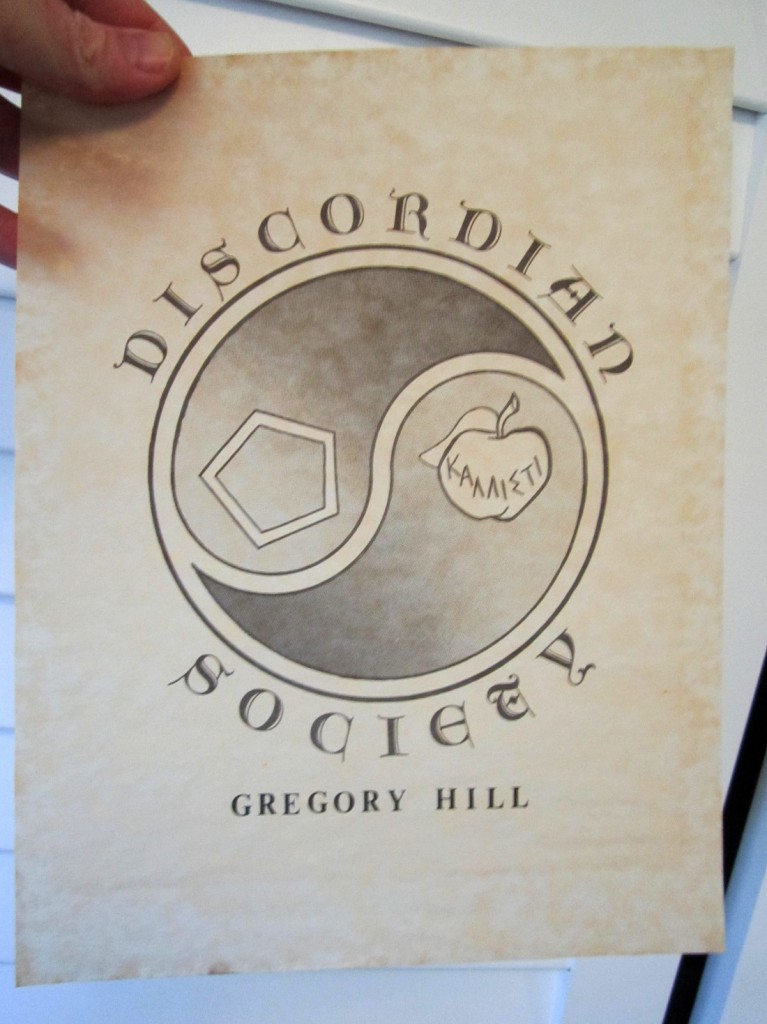
———————–
SOURCES:
———————–
Part One

Eris or Discordia? Depends on who you ask.
Found on omgebrennus‘s DeviantArt account.
Send us your Eris of the Month Club submissions (more info here) by using the form at the bottom of The MGT. page.

Sometimes you just have to clink a link when you see it.
And thus we were led to this month’s Eris of the Month:
Think of it as a sort of Discordian personal advice column, if you dare!
Send us your Eris of the Month Club submissions (more info here) by using the form at the bottom of The MGT. page.
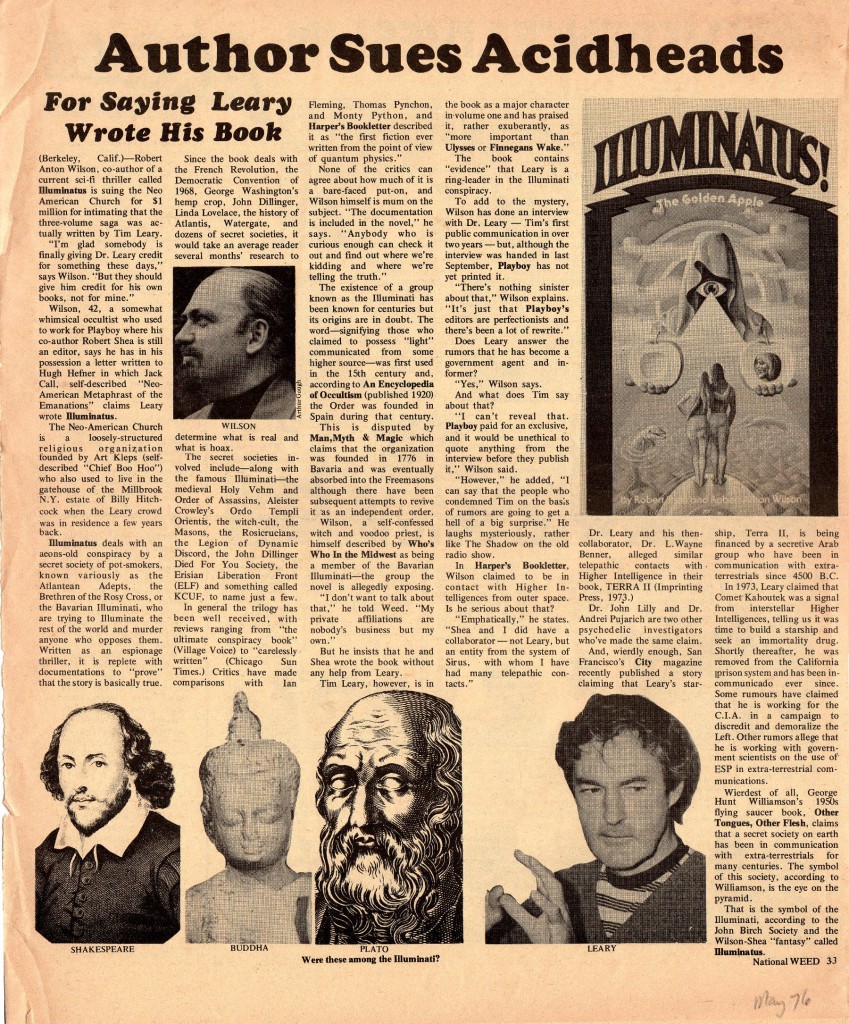
In essence, this article appears to have been a PR prank Robert Anton Wilson pulled as a pretext to promote Illuminatus! while at the same time taking a pot-shot (pun intended) at members of the Neo-American Church, who—on occasion—RAW was known to tussle with.
This article also mentions a Timothy Leary interview RAW was working on that had yet to be published at the time due to what he referred to as “perfectionist” editors at PLAYBOY. This “Lost Leary Interview” —which has yet to see the literary light of day—was among content included in the RVP-never-to-be-version of Starseed Signals, although I’ve been informed that our friends at Hilaritas Press may include it in their forthcoming iteration of the book.

As for the “acidheads” mentioned in the article, RAW was referring to members of the Neo-American Church, founded by former Leary acolyte Arthur Kleps. It should be noted that if RAW was sincerely interested in suing the Neo-American Church, then said lawsuit would have included his friend, and Discordian Society founder, Greg Hill, who was an affiliate member of that august acidhead outfit as documented in this membership card below. Oh, what a tangled web we acidheads weave!
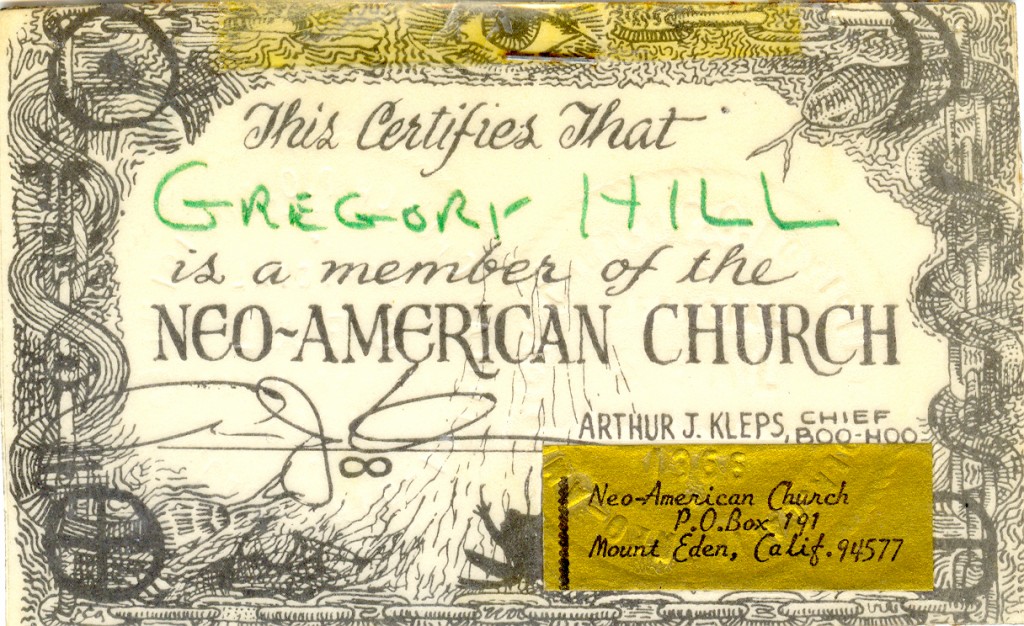
Kleps was fond of penning polemics to counterculture publications, one of which appeared in the November 14, 1975 edition of The Berkeley Barb with Kleps going on about how the “energy crisis” was a hoax that “fits in with the apocalyptic ideas so popular among the moron supernaturalists and occultists of the Robert Anton Wilson type…”
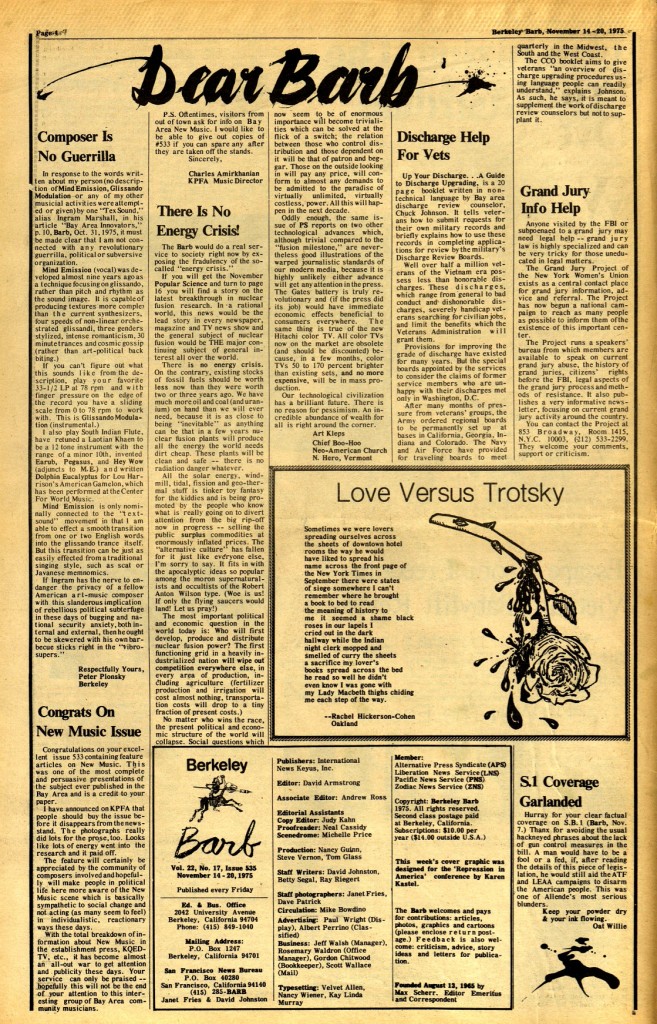
In response, RAW fired back with the following letter published in the November 21, 1975 edition of The Berkeley Barb:
